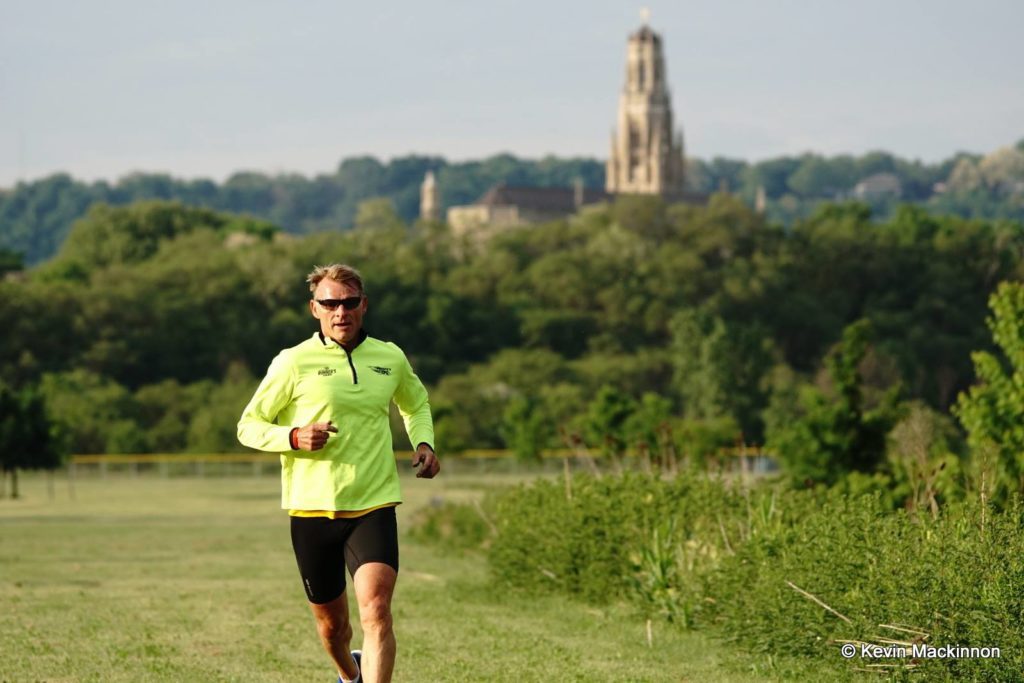Making the most of easy sessions
"Easy is easier than you think"

Easy means easy, and heard means hard.
Easy sessions often make up a bulk of our training, in particular, running. These sessions aren’t tempo runs, fartleks, track intervals or hills, however, they do make up the majority of our weekly mileage. And, while they don’t seem to be doing anything, they help make key physiological adaptations with consistent training.

Why have easy days? What do they do?
Easy days heavily rely on our aerobic system – using oxygen – and recruiting slow-twitch muscle fibres. These muscle fibres are adapted to using oxygen, as they have a greater density of aerobic enzymes, mitochondria and blood capillaries. Because easy runs heavily rely on this system, they do provide stress. The body’s response to this stress is to adapt by increasing the number of mitochondria, enzymes and capillaries. These adaptations improve oxygen transportation in the blood to muscle tissues, oxygen extraction from blood, and utilization of oxygen to fuel movements. The more efficient this system becomes, the more an endurance athlete prolongs the recruitment of the anaerobic system and the development of lactic acid. So, easy sessions, though monotonous, are crucial to endurance athletes and aerobic fitness.
Related: The athlete’s heart
What is easy then?
Within the endurance community, there are lots of resources on what easy means, and how easy easy sessions should be. Often you’ll see the phrase, “you aren’t going easy enough” or “easy is easier than you think.” Whether these phrases are used just to draw you in or actually beneficial, providing descriptions of what easy means relative to moderate or hard is beneficial.
An example of a progression run
A progression run will start comfortably. In the beginning, it should be easy to converse with yourself and not fatiguing. As the run progresses to moderate intensity, below your threshold, you should still feel comfortable. Yet be aware that when you increase your pace things will become to feel a bit uncomfortable. This could be said to be the sweet spot. And as you being to increase your pace, your rating of perceived exertion (RPE) will increase, as well as your heart rate. With each increase in the speed dial, your heart rate and RPE will increase.
Now an easy run is the first part. It is comfortable, you could call this a jog, but it is sustained. Even when your legs start to wake up and feel good ten minutes into the run, you need to reign in your excitement. One of the easiest and best ways to do this is to use a heart rate monitor. A heart rate monitor – a chest strap or optical sensing at your wrist – keeps you honest and helps you monitor your steady efforts.
Related: The physiology behind our improvements in endurance
When it comes to going for an easy or recovery run, you want to be aware of where your heart rate is. To do this you need to know your maximum heart rate. This can be calculated or measured in several ways. You can do a personal test, use one of the several formulas available online, or have a physiological test done to establish training zones and heart rates. Once you do have a rough estimate of your maximal heart rate, you can work off of percentages of your maximal heart rate to establish your easy run sessions. Basic guidelines suggest that easy runs fall between 60 and 75 per cent of your maximal heart rate.
The difficulty of sticking to easy
Whether it is an easy run, bike or swim, it is difficult to stick to the plan of going easy and sustaining an easy pace. Even with all the gadgets – heart rate monitors, watches, power meters, watches and computers – it is hard. So, at the end of the day it comes down to trusting that just like a hard VO2 max interval session being good for your development, an easy run is just as important. It allows your body to actively recover, while also stressing the aerobic system in a way that helps you benefit from hard intervals. As well as working on technique and skills.


